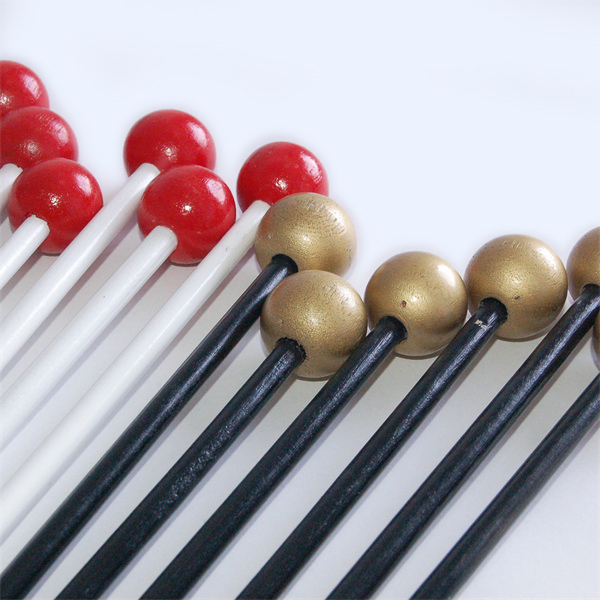In a world increasingly dominated by synthetic materials, there’s something inherently appealing about the classic wood flagpole. It evokes a sense of tradition, craftsmanship, and natural beauty that modern alternatives often can’t replicate. From historical homes to serene lakeside retreats, a wooden flagpole adds a touch of timeless elegance, proudly displaying your colors with an understated grace.
But beyond their aesthetic appeal, wooden flagpoles offer a unique set of characteristics that make them a compelling choice for many. Let’s delve into what makes these traditional fixtures so special and answer some common questions about them.
Your Wood Flagpole Questions Answered
Q1: Why choose a wood flagpole over other materials like fiberglass or aluminum?
Choosing a wood flagpole is often about balancing aesthetics, durability, and a connection to tradition. While fiberglass and aluminum flagpoles offer advantages like lightweight design and minimal maintenance, they can sometimes lack the character and warmth of wood. Wood flagpoles, particularly those made from high-quality timber like cedar or Douglas fir, boast a natural strength and a rich, classic appearance that many find more appealing. They also tend to have a more substantial feel and a softer, more traditional sound as the flag snaps in the breeze. For those seeking a more authentic or historical look, wood is almost always the preferred option.
Q2: What types of wood are commonly used for flagpoles, and what are their benefits?
The most common and highly regarded woods for flagpoles include Douglas fir, cedar, and sometimes pine.
- Douglas Fir is highly prized for its strength-to-weight ratio, straight grain, and natural resistance to rot and insects. It’s an excellent choice for taller flagpoles where stability is crucial.
- Cedar, especially Western Red Cedar, is known for its exceptional natural resistance to decay and insects, as well as its beautiful reddish-brown color that weathers gracefully. It’s a lighter wood, making it suitable for a variety of sizes.
- Pine, while more affordable, generally requires more protective finishes and may not offer the same longevity as fir or cedar, but it can be a good option for smaller, less exposed applications.
Each wood type offers a unique combination of durability, weight, and aesthetic appeal, allowing you to choose the best fit for your specific needs and climate.
Q3: How do I maintain a wood flagpole to ensure its longevity?
Proper maintenance is key to preserving the beauty and structural integrity of your wood flagpole. Here are the essential steps:
- Regular Cleaning: Wash the flagpole periodically with mild soap and water to remove dirt, grime, and environmental buildup.
- Inspection for Damage: Routinely check for cracks, splinters, rot, or insect damage. Address any issues promptly. Small cracks can often be filled with wood putty, and rotten sections may require more extensive repair or replacement.
- Refinishing: This is perhaps the most crucial step. Wood flagpoles should be sanded and refinished every few years, or as needed, depending on your climate and the type of finish used. You can use marine-grade spar varnish, exterior paint, or penetrating oil finishes. Varnish provides a hard, protective layer and a glossy look, while paint offers durable color, and oil finishes penetrate the wood for a more natural feel. The goal is to protect the wood from UV rays, moisture, and temperature fluctuations.
- Hardware Check: Ensure all ropes, pulleys, and cleats are in good condition and securely fastened.
With consistent care, a well-made wood flagpole can last for decades, becoming a cherished part of your property.
Q4: Are there any environmental considerations when choosing a wood flagpole?
Yes, there are definitely environmental aspects to consider! When sourced responsibly, wood flagpoles can be a sustainable choice. Look for flagpoles made from sustainably harvested timber, indicated by certifications from organizations like the Forest Stewardship Council (FSC). This ensures that the wood comes from forests that are managed in an environmentally appropriate, socially beneficial, and economically viable manner. Furthermore, wood is a renewable resource, and at the end of its life, it can biodegrade, unlike synthetic materials which often persist in landfills for centuries. Choosing a wood flagpole, especially a locally sourced one, can be a great way to support sustainable forestry practices and reduce your carbon footprint.
A wood flagpole isn’t just a structure; it’s a statement. It’s a nod to timeless design, natural materials, and enduring quality. If you’re looking to add a touch of classic elegance and robust beauty to your property, a well-chosen and well-maintained wood flagpole might be the perfect fit for you.
Do you have a wood flagpole? What do you love most about it? Share your thoughts in the comments below!
Post time: Jun-21-2025
